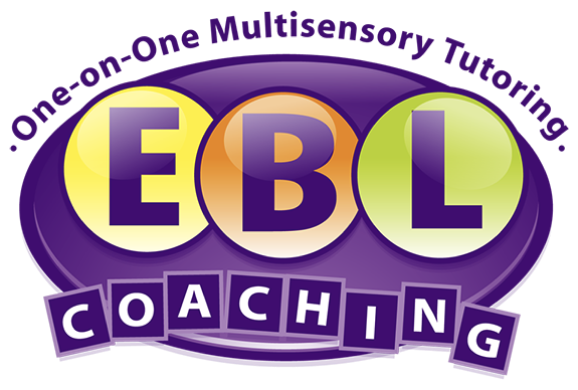
Strategies For Your Child with a Learning Disability or ADHD

Your child daydreams in class, forgets to turn in his homework assignments, or struggles to express his thoughts on paper when writing. He may have difficulty sounding out words when reading or completing basic math problems. If your child demonstrates any of these challenges, he may have a learning disability or ADHD. Research tells us that using a multi-sensory approach is the most optimal way to help struggling learners develop their academic skills. So how can you help your child? Try some of the ideas detailed below.
Reading Comprehension
Many children with ADHD and learning disabilities struggle to comprehend material when reading. You can help your child become an active reader and improve her reading comprehension using a multi-sensory tri-colored highlighting strategy. Start by explaining to her that when she reads, she should look for three key elements: the topic, main idea, and important details. She should first identity the topic, which is one, two, or three words describing what the passage is about, and highlight it in blue. Next, she should look for the main idea, which is what the author is saying about the topic, and highlight it in green. Finally, she should identify the important details, or salient details describing the main idea, and highlight them in yellow. Note that she should try to highlight only important information (not every detail on the page!) and only words and phrases when possible. When applying this strategy, she should read the passage first, then go back and highlight the topic, main idea, and important details using blue, green, and yellow highlighters. Becoming an active reader can help her develop stronger focusing, reading comprehension, and processing skills.
Vocabulary
Many struggling learners have a tendency to avoid reading and thus have a sub-optimal vocabulary. Help your child build his vocabulary using a multi-sensory flash card technique. Say he has a series of vocabulary words to learn for school. To use this strategy, he should take out a stack of blank flash cards and write the first vocabulary term on the front of a card. He should then flip over the card and divide it into three horizontal sections. In the top section, he should write the definition of the word in his own words. In the middle section, he should write a sentence containing the word to add context. Finally, at the bottom of the card, he should draw a picture to help him remember the definition. He should perform this exercise for each of the vocabulary terms he needs to learn, helping him to not just memorize the definitions, but to actually understand the meaning of each one and be able to use it in context.
Writing
Writing is a skill that involves multiple steps, and one that is challenging for many students. Yet learning a structured approach for written expression can help your child develop stellar writing skills. Instead of simply starting to write (or staring at a blank sheet of paper), encourage your child to follow a three-step approach: first she should brainstorm, then write, and then go back and self-check her work. For the first step (brainstorming), she should create an outline, list, or web diagram to help her organize her ideas before writing. Then she should convert this information into an organized paragraph or essay, and then go back and self-check her work. For self-checking, she can try using an acronym like COPS, which stands for Capitalization, Organization, Punctuation, Spelling, where she self-checks for each element (one at a time) once she is done writing. This systematic approach can help your child improve her organization and overall written expression abilities.
Math
With math instruction becoming increasingly more language-based, many students are struggling with this skill. Help your child learn to effectively solve math word problem using the OINS strategy. When using this strategy (which stands for Operation, Information, Number Sentence, Solution Sentence), your child should start by reading the problem, then circle the relevant information, cross out the irrelevant information, and circle the key word(s) that tells him what kind of operation to use. Then he should break the problem down into four steps, and write out each step separately – O (operation), I (relevant information), N (number sentence), and S (solution sentence). By breaking each problem down into these individual steps, he can learn to solve word problems in a clear and organized manner.
Students with learning disabilities and ADHD often struggle with many academic aspects of school. Without the proper strategies and support, many become disengaged, lose focus, and struggle as the demands of school increase. Try these strategies with your child to help him feel confident, engaged, and successful in school.
